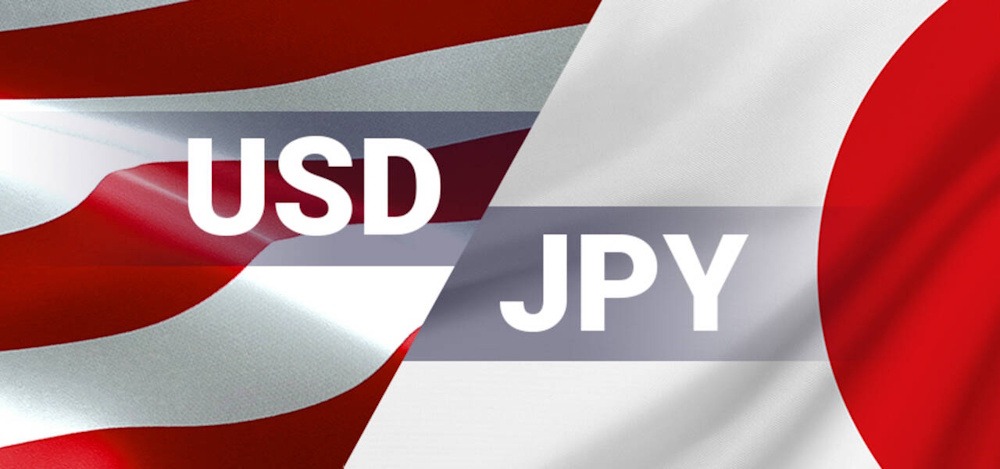The USD/JPY pair has found stability at about 147.16 on Thursday, putting an end to the recent negative trend that it has been experiencing. With demand being bolstered by a falling US dollar in the context of the prolonged shutdown of the United States government, the yen continues to maintain its status as a safe-haven asset even as the shutdown continues.
The ongoing political impasse in Washington, which is anticipated to continue for several days, has delayed the distribution of crucial macroeconomic indicators, most notably the significant non-farm payrolls report for the month of September. Increasing market expectations that the Bank of Japan may commence policy normalization this year are contributing to the higher trend that the yen is experiencing within the domestic market. At the moment, the markets are indicating that there is a forty percent chance that there will be a rate increase of 0.25 percentage points during the meeting that will take place in October.
The most recent survey reveals that the sentiment of large manufacturers has improved in the third quarter, reaching its highest level since late 2022. This implies that there is a tendency toward hawkishness that is favorable. The persistent pressure from protectionist measures implemented by the United States, on the other hand, continues to cloud the economic outlook. Participants in the market are currently concentrating their attention on the approaching consumer confidence index, which has the potential to offer fresh perspectives on the path that the economy is taking.
Despite the fact that the USD/JPY exchange rate is entering a phase of consolidation, the underlying factors that influence the yen, such as demand for safe-haven assets and speculation over the policies of the Bank of Japan, continue to be relevant. The technical framework suggests that there is a possibility of a short-term comeback; nevertheless, the likelihood of the yen’s rally restarting is significant, which suggests that the current stagnation may be nothing more than a brief intermission.

